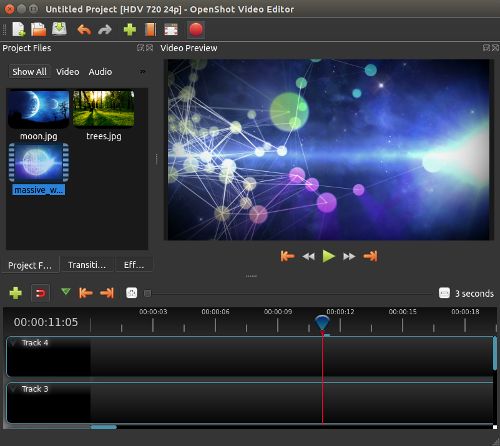CXBOS Insights
Your daily dose of news, insights, and information.
Slice and Dice: Transforming Raw Footage
Unleash the magic of editing! Discover expert tips to slice and dice raw footage into stunning videos that captivate your audience.
10 Tips for Efficiently Editing Raw Footage
Editing raw footage can often feel like a daunting task, but with the right approach, it can be a smooth and efficient process. Here are 10 tips for efficiently editing raw footage. First, always start with a well-organized folder structure. Keep your footage, audio, and project files categorized neatly. This not only saves time in locating files but also helps to maintain focus. Next, utilize keyboard shortcuts in your editing software to speed up the editing process. Familiarizing yourself with these can drastically reduce editing time and increase productivity.
Additionally, consider creating a rough cut before diving into detailed edits. This allows you to see the overall flow and make adjustments without getting bogged down in minute details. Tip 4: Pay attention to your audio quality; poor audio can ruin even the best video. Use audio editing tools to enhance sound clarity. Finally, don’t hesitate to ask for feedback from peers or use test audiences to gain different perspectives. This can lead to improved final edits. By incorporating these tips into your workflow, you'll find that the process of editing raw footage becomes much more manageable and enjoyable.

The Importance of Color Grading in Video Editing
Color grading plays a pivotal role in video editing, transforming raw footage into a visually compelling narrative. This process involves adjusting the colors and tonal properties to enhance the overall aesthetic of the video. By manipulating elements like contrast, saturation, and hue, editors can evoke specific emotions and set the mood for the audience. A well-executed color grading can elevate the production value, making even the simplest scenes look polished and professional. Without color grading, videos might fall flat, lacking the vibrancy and depth needed to captivate viewers.
Moreover, the significance of color grading extends beyond mere aesthetics; it also aids in storytelling. Different color palettes can convey diverse themes and messages. For instance, a warm color scheme may evoke feelings of comfort and nostalgia, while cooler tones can create a sense of tension or unease. Color grading helps establish a visual language that complements the narrative, guiding the audience's emotional journey. As such, mastering this skill is essential for video editors who wish to produce engaging and impactful content that resonates with viewers.
How to Create Engaging Storylines from Raw Footage
Creating engaging storylines from raw footage requires a clear understanding of the narrative you wish to convey. Start by reviewing all your footage thoroughly; take notes on the most striking visuals and compelling quotes that stand out. Organize these clips into categories based on themes, emotions, or characters to visualize how they could come together in a cohesive story. Utilizing tools like storyboards or scripting software can help you outline the flow of your narrative and ensure that each segment contributes meaningfully to the overall message.
Once you have a structured outline, focus on editing to evoke the desired emotional response from your audience. Consider incorporating techniques such as flashbacks, voiceovers, or dynamic transitions to enhance engagement. Utilize tension and pacing to keep viewers intrigued, ensuring that each scene builds upon the last. Finally, don't hesitate to experiment with different sequences to see what resonates best. The goal is to weave your raw footage into a captivating story that hooks your audience from the beginning to the end.